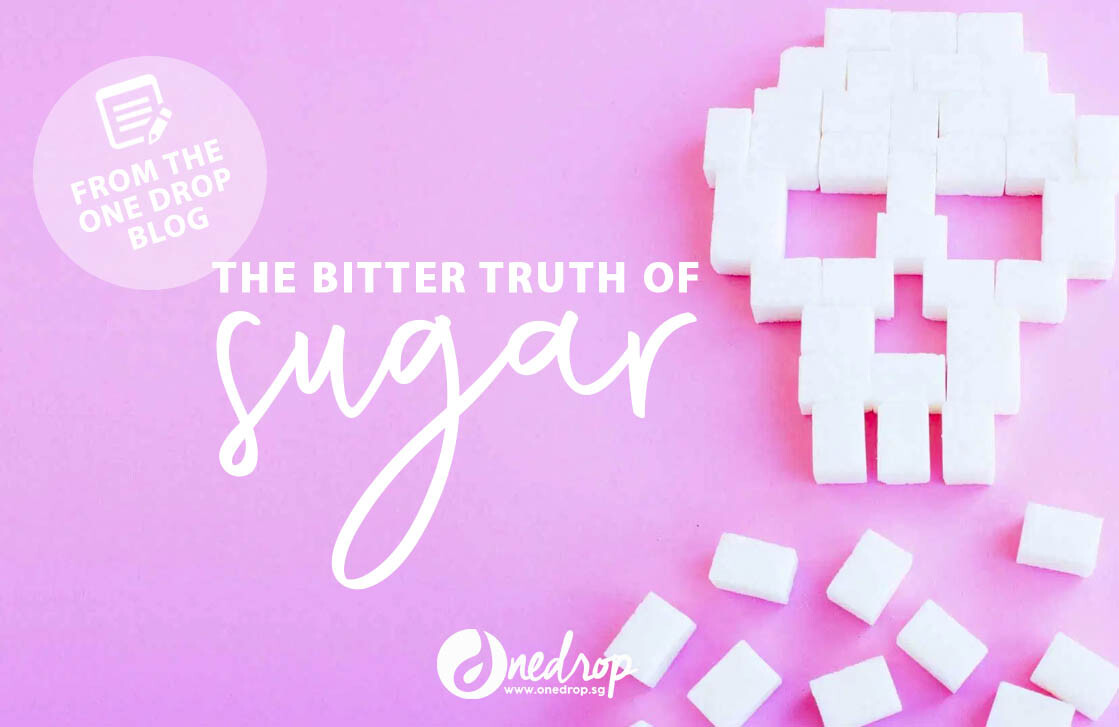
THE BITTER TRUTH OF SUGAR
This post is contributed by One Drop member –Eva Rosdiana.
Dr Robert Lustig’s video in Youtube has reached 11 million views up to today. It is titled “Sugar – The Bitter Truth.” He is a paediatric endocrinologist who presented the biochemistry of how our body processes sugar in University of California, San Francisco. The fact was mind blowing.
Let’s talk about table sugar. In chemistry terms, table sugar is called sucrose -a two-chain carbohydrate that consists of one Glucose molecule and one Fructose molecule. When we consume sucrose, our body breaks it down into Glucose and Fructose very fast. Here is how Glucose and Fructose are processed in liver after being released to our bloodstream.
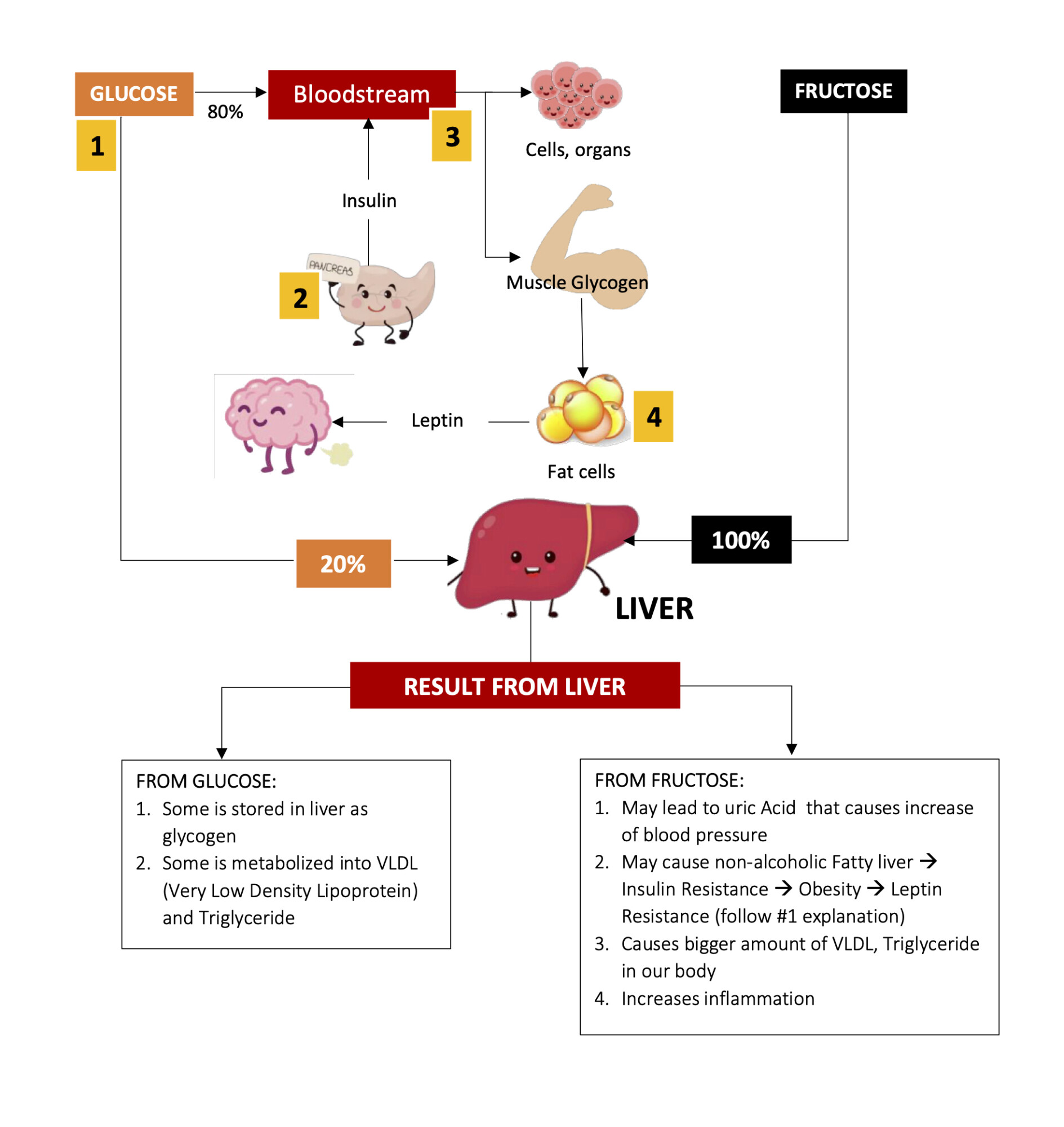
Summary of the above diagram:
| Glucose | Fructose | |
| In blood and body | 1. 80% goes to bloodstream to become blood glucose. 20% is sent to liver 2. Pancreas then secretes insulin to neutralize blood glucose 3. With help from insulin, glucose is sent to cells and organs, stored in muscle glycogen and fat cells. 4. Fat cells secretes leptin to signal satiety to brain | 1. 100% is sent straight to liver. 2. Only liver can metabolize fructose. Liver will accept any number of fructose even though it’s ‘exhausted’ |
| In liver | 5. Part of 20% glucose is stored into muscle glycogen 6. Another part is metabolized into VLDL and triglyceride | 3. When liver glycogen is filled up, liver will start new fat making process (De Novo Lipogenesis – DNL) 4. Part of fructose causes uric acid and subsequently high blood pressure 5. DNL process results in Non-Alcoholic Fatty liver disease (NAFLD), larger amount of VLDL, Triglyceride (that is glycated and prone to oxidation) 6. Fatty liver impacts insulin resistance, obesity and leptin resistance. |
In 2009, Dr Lustig mentioned that the metabolism of fructose in liver is equivalent to the metabolism of alcohol in liver. Fructose consumption has increased tremendously, especially after the invention of high fructose corn syrup and the campaign of “fats are the causes of heart disease” in 1950. As a result, obesity and many metabolic syndrome diseases such as diabetes type 2, atherosclerosis, cardiovascular disease keep increasing.
However, the bitter truth of sugar, is far beyond that…
Advanced Glycation End (AGE)
Our cells (including skin) are mainly made of amino acids. The amino acids from food is transported in the blood. Liver produces cholesterol, packs it in lipoprotein membranes, transports it to cells for hormone making. Cholesterol aids in inflammation. We cannot live without cholesterol. They are crucial.
AGE is the attachment process of sugar molecule and protein (amino acids) and/or fatty acids. When we have high blood glucose, there is tendency the glucose molecules will bind with amino acids and lipoprotein that are circulating in blood.
Imagine when we do meat barbecue and put some honey onto our meat. The meat will be cooked and browned faster. This happens when our cells or fats meet with sugar. They become ‘glycated’ or caramelized. It results in:
- Premature aging: collagen and cells become hardened and lose their elasticity. Skin becomes saggy, wrinkled, and loses of radiance.
- High level of inflammation. When cholesterol comes in to reduce inflammation, it meets with glucose. Cholesterol is then glycated, oxidized and built up as plaque in artery. So the culprit is sugar and not cholesterol.
Sugar decreases our immunity
Sugar disrupts the work of white blood cells in fighting infection in our body. This picture shows the comparison on the white blood cells – neutrophils and monocytes – performance on normal vs high blood glucose condition. They are very important
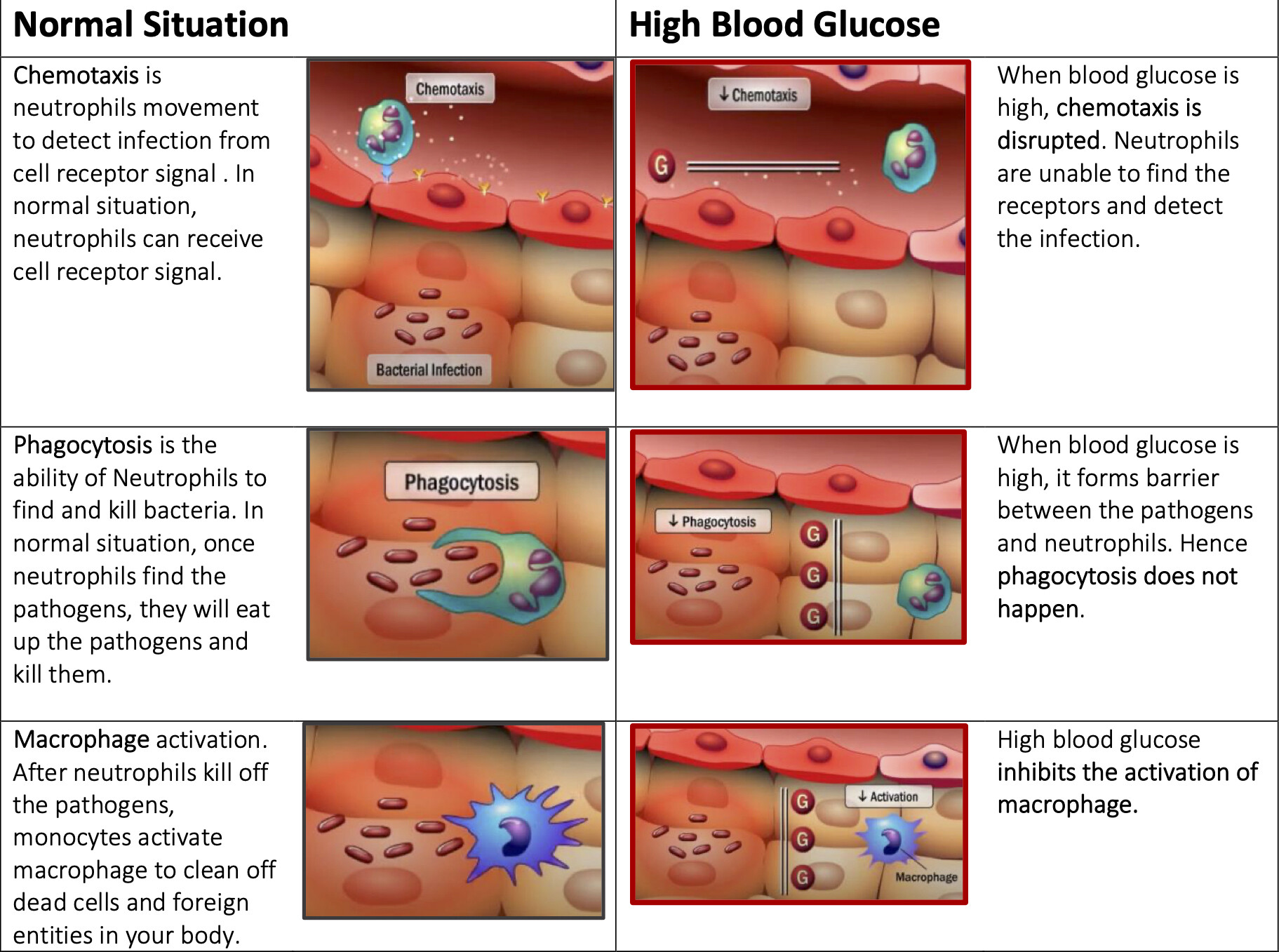
Natural sugar: Honey, Fruit Juice, Coconut Sugar, Palm Sugar
Are they better than sugar?
Honey, coconut sugar, palm sugar, contain both glucose and fructose. They are healthier than sugar due to minerals or prebiotics in them which may be beneficial for our gut in the raw and unrefined form.
BUT we still need to eat in moderation, especially if we already have pre-diabetic or high blood glucose conditions.
Honey contains more fructose than glucose and has lower GI. But the metabolism of fructose is burdening the liver.
Even though fruit contains fructose, in its whole form it contains fiber. Fiber slows down the sugar absorption. Juicing destroys the fiber and makes the body absorbs sugar faster. Eating an orange will give you more satiety as compare to drinking orange juice. Plus you use larger amount of fruit when you juice.
Let’s explore healthier sugar substitute.
Sugar Substitute
Artificial sweeteners are never good. Here are some recommended sugar substitutes.
| Recommended | OK in moderation |
· Stevia: Choose in green powder form. Avoid the white ones as they are added with maltodextrin. Read the ingredients · Monk Fruit/Lo Han Guo: The sweetness comes from an antioxidant called mogrosides not fructose. They are often sold as dried fruit. We can boil the fruit in a water and keep in fridge. Consume when needed. | · Erythritol: Erythritol is mainly derived from corn. It contains zero calories and is often used for sugar substitutes. · Xylitol: is a naturally occurring alcohol found in most plant material, including many fruits and vegetables. It is extracted from birch wood to make medicine. Xylitol still contains minor amount of calories. Both erythritol and xylitol are considered sugar alcohol or polyol. Monitor body reaction as they may cause some indigestion like bloating or laxative effect when taken excessively. |
Minimize Sugar intake whenever possible
Try to avoid sugar or at least take in moderation. Always read the ingredients in your food label because sugar can be in any forms. Avoid those ingredients ended with -ose because they are part of sugar.
You will notice how your overall health improve just by reducing / eliminating sugar and all refined and ultra-processed food in few months!
If you like Eva’s articles and would like to purchase the Young Living oils or have further clarifications, you may get in touch with Eva via Facebook or Instagram. If you are ready to sign up as member with Eva, you may click here.


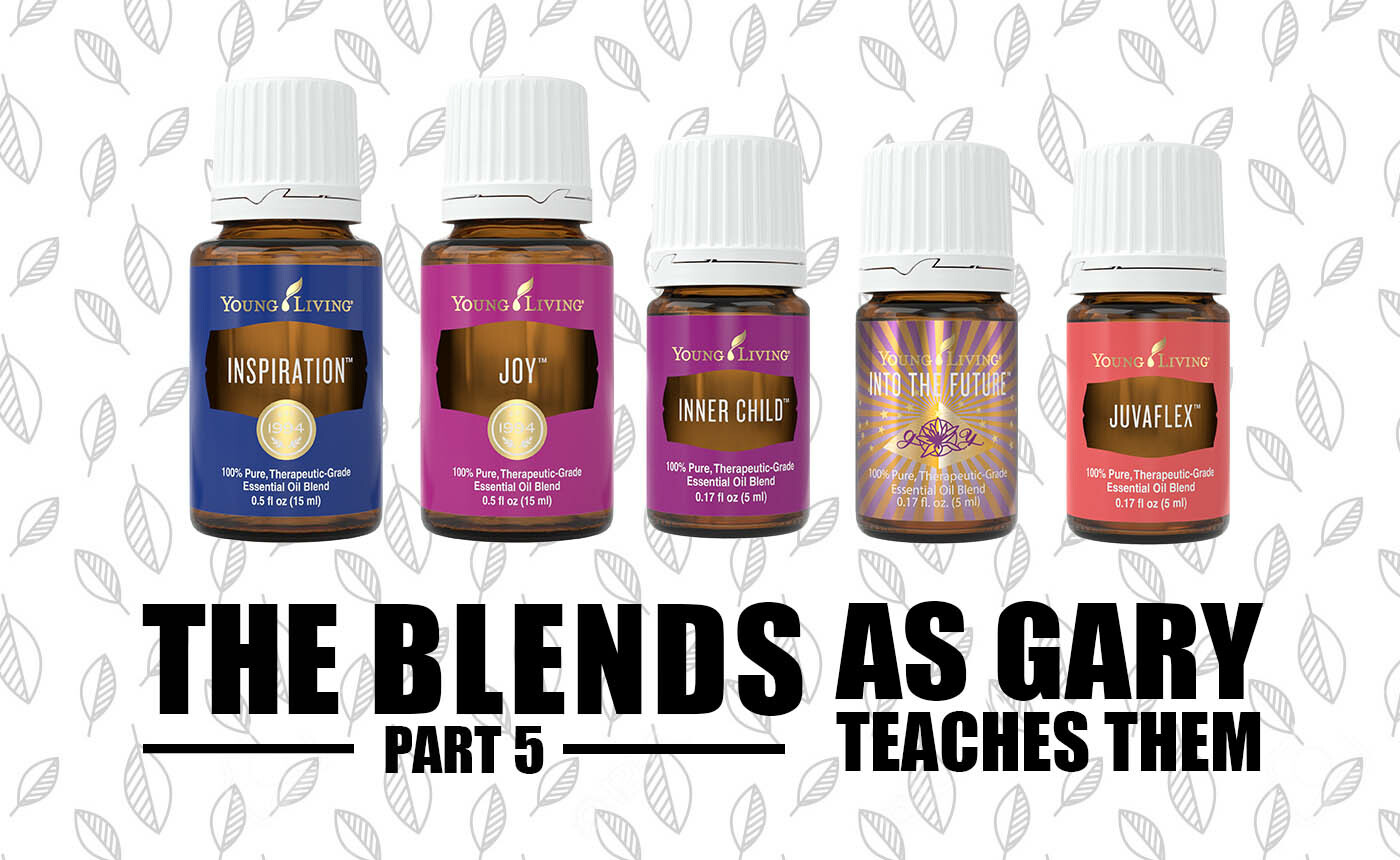
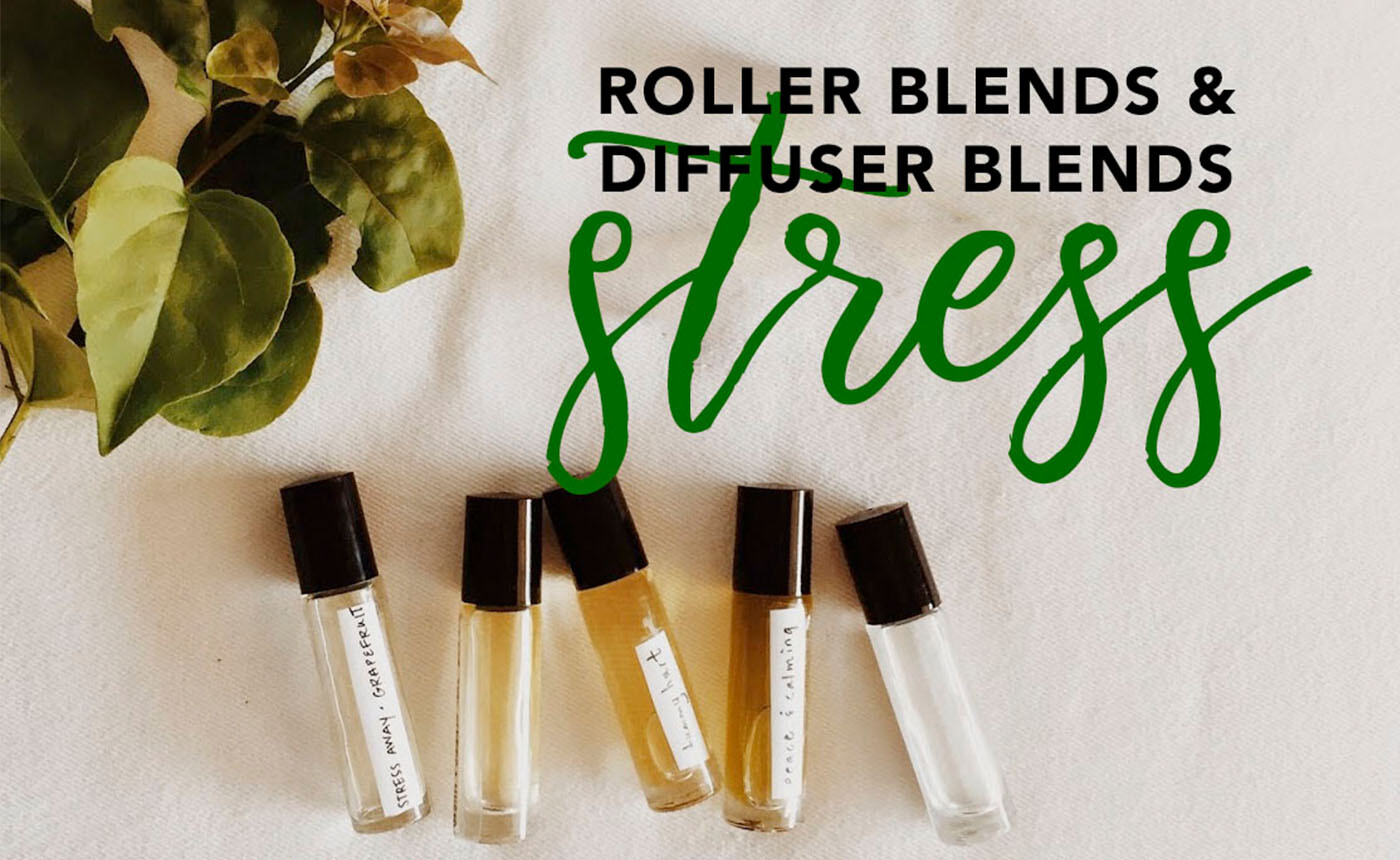
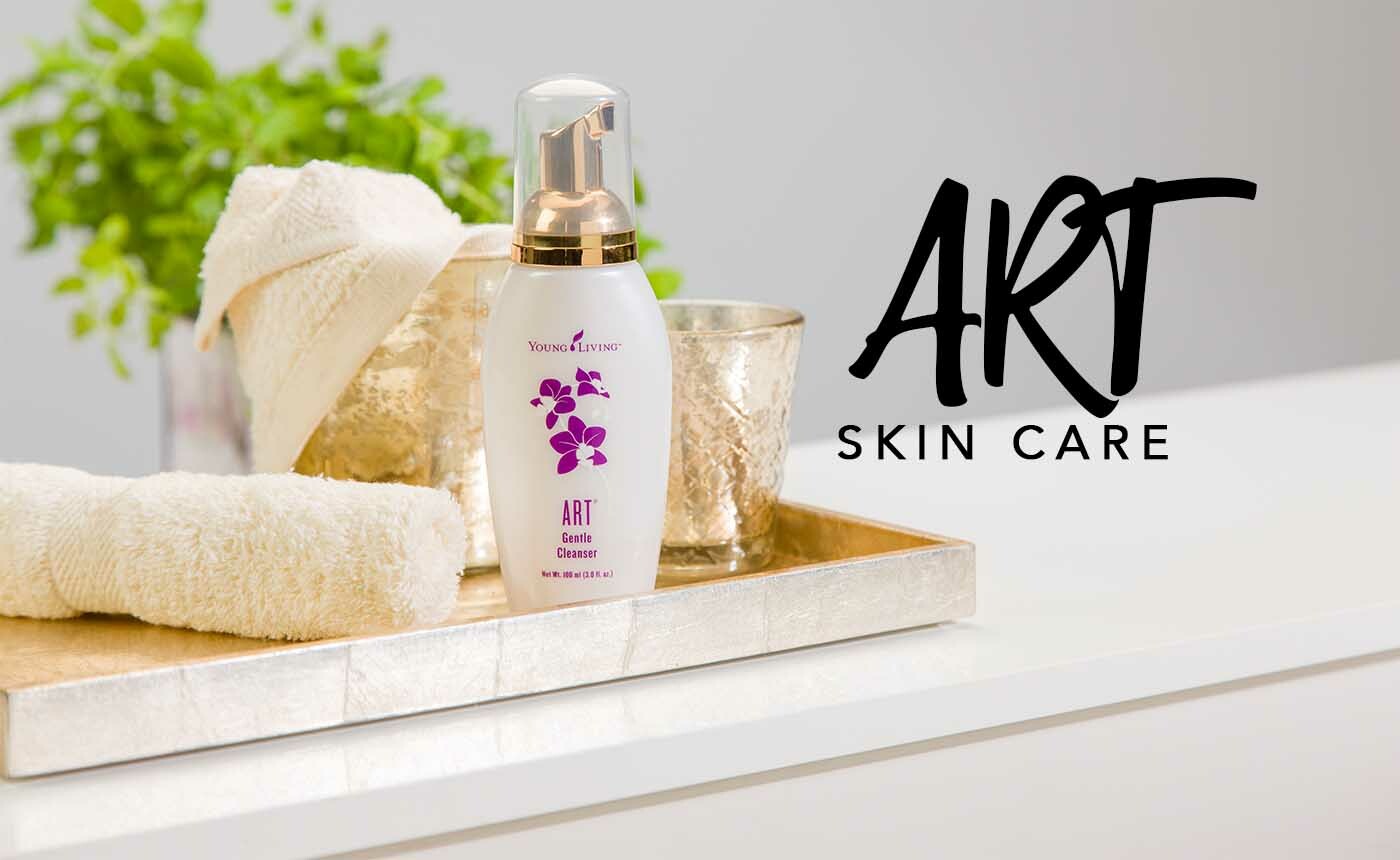
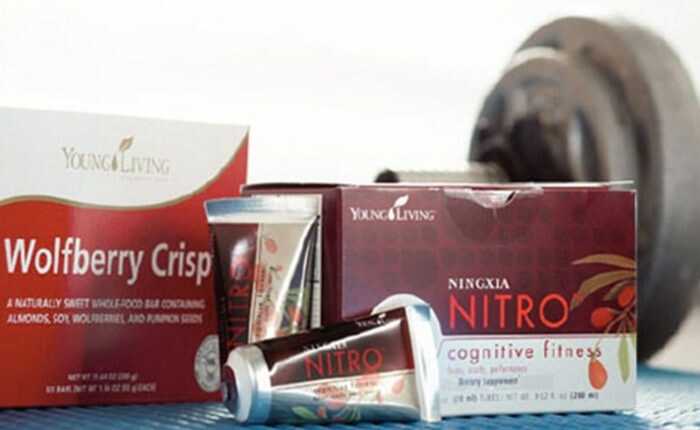
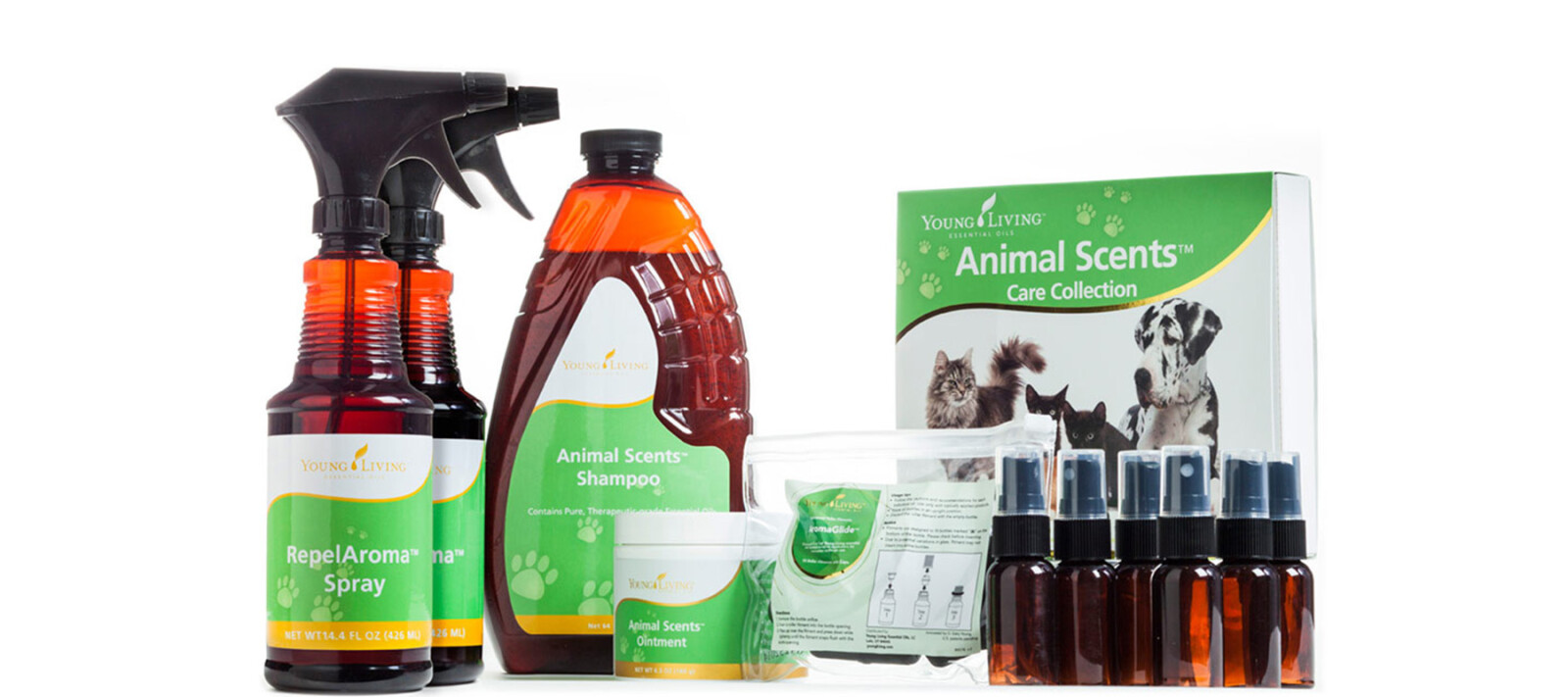

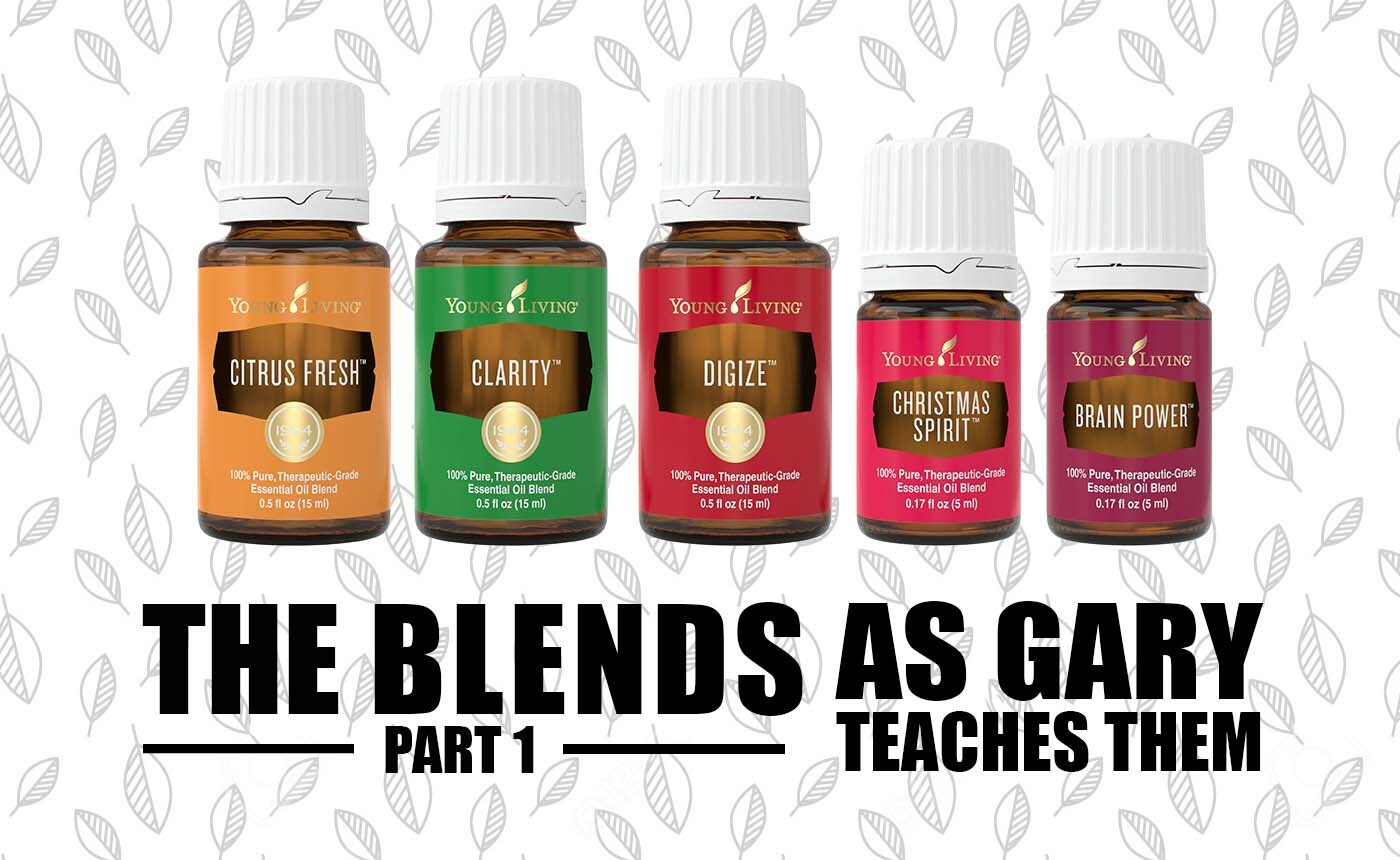
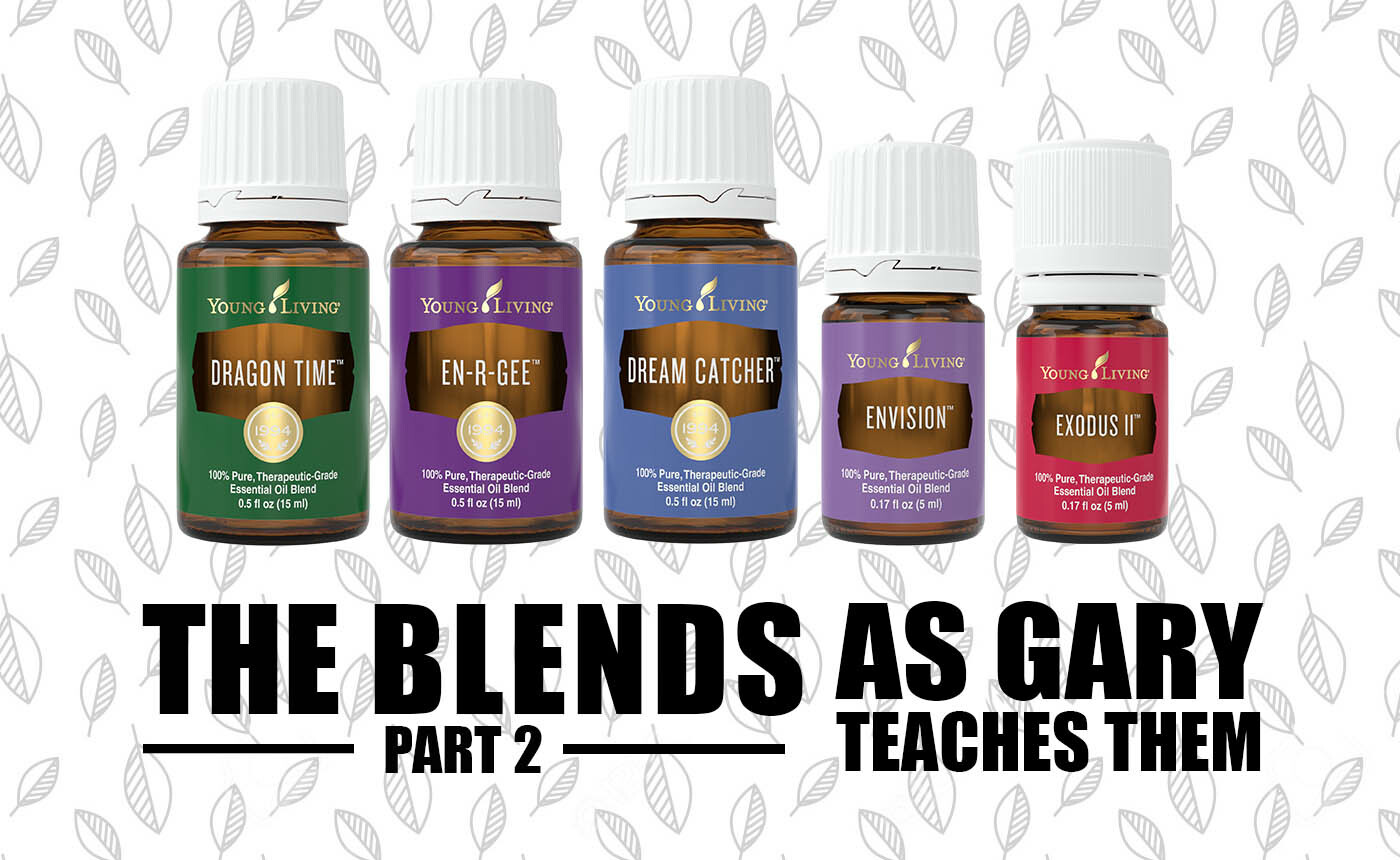


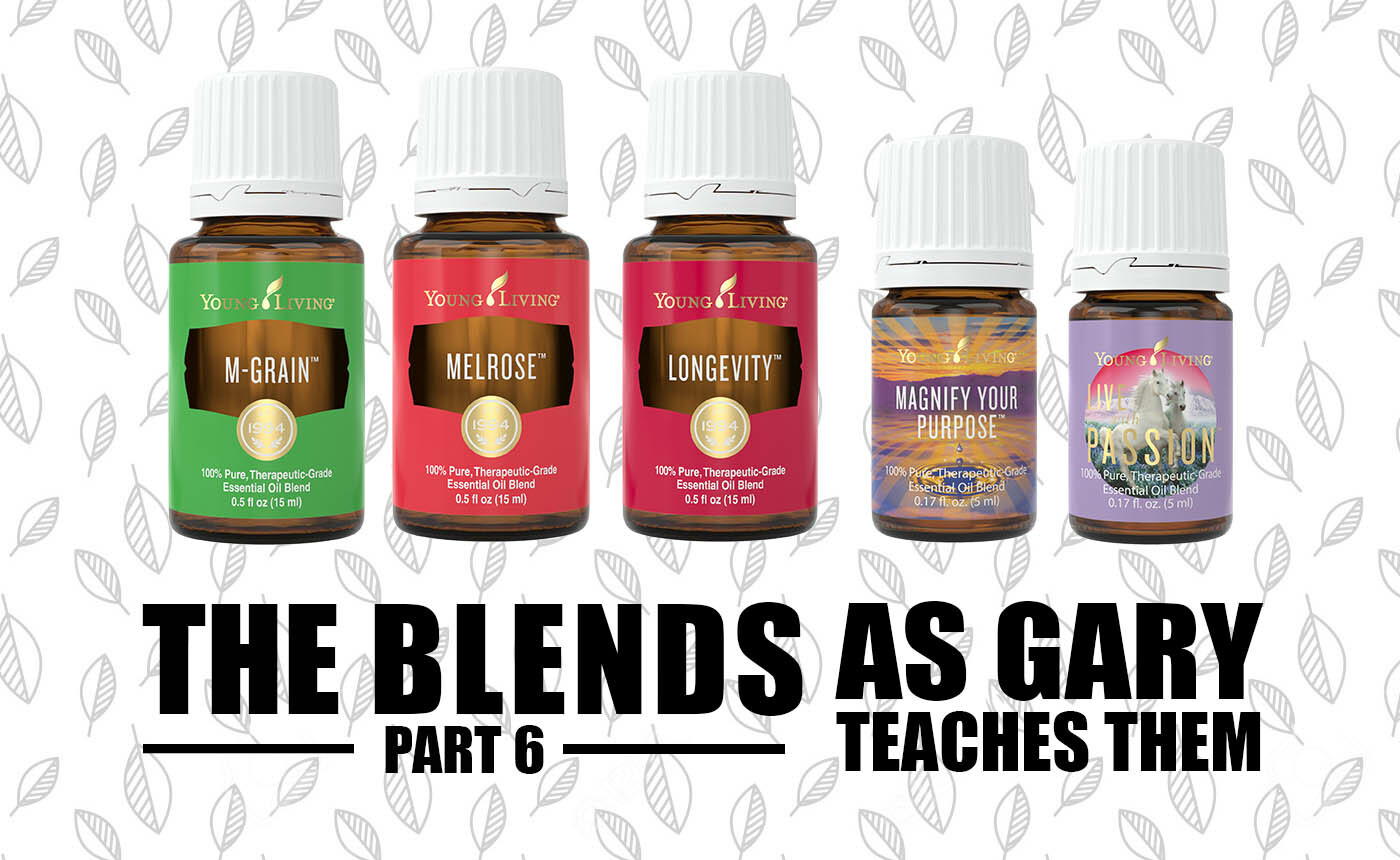


0 Comments